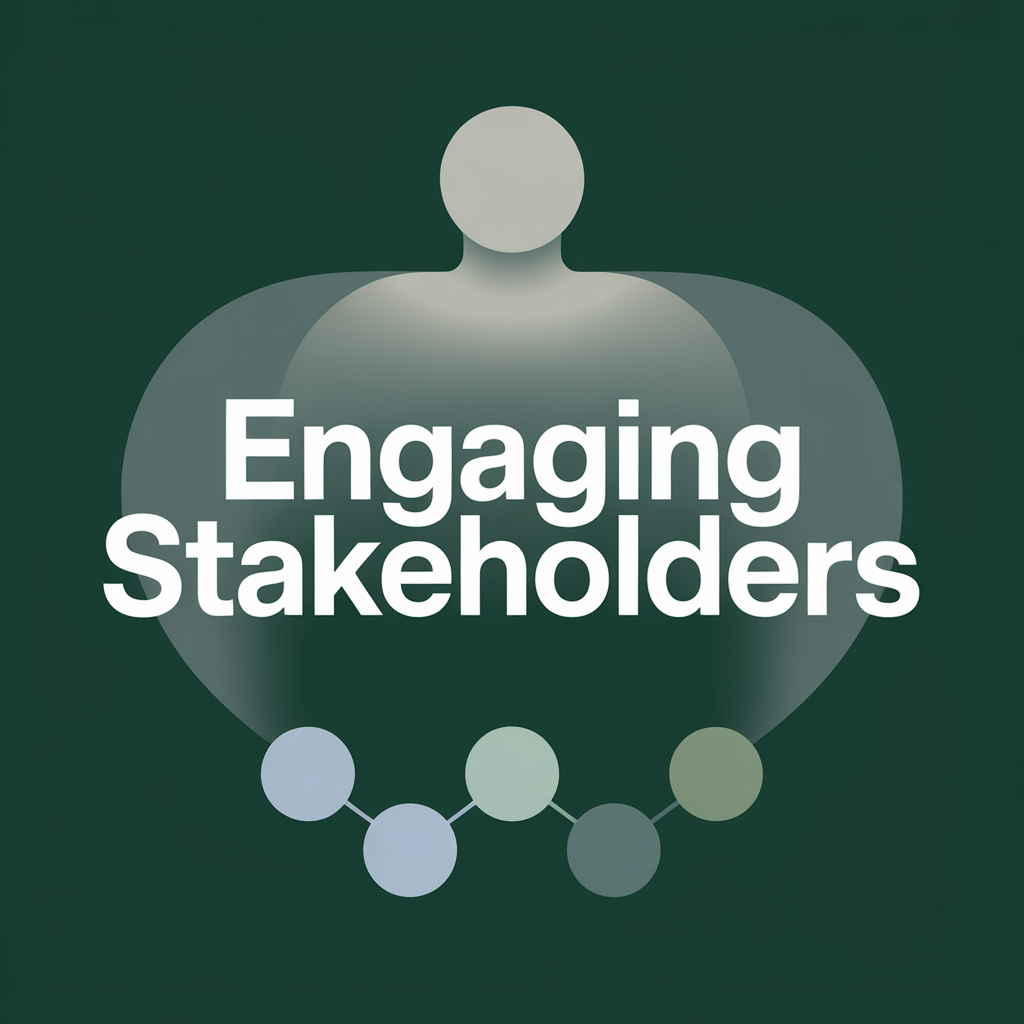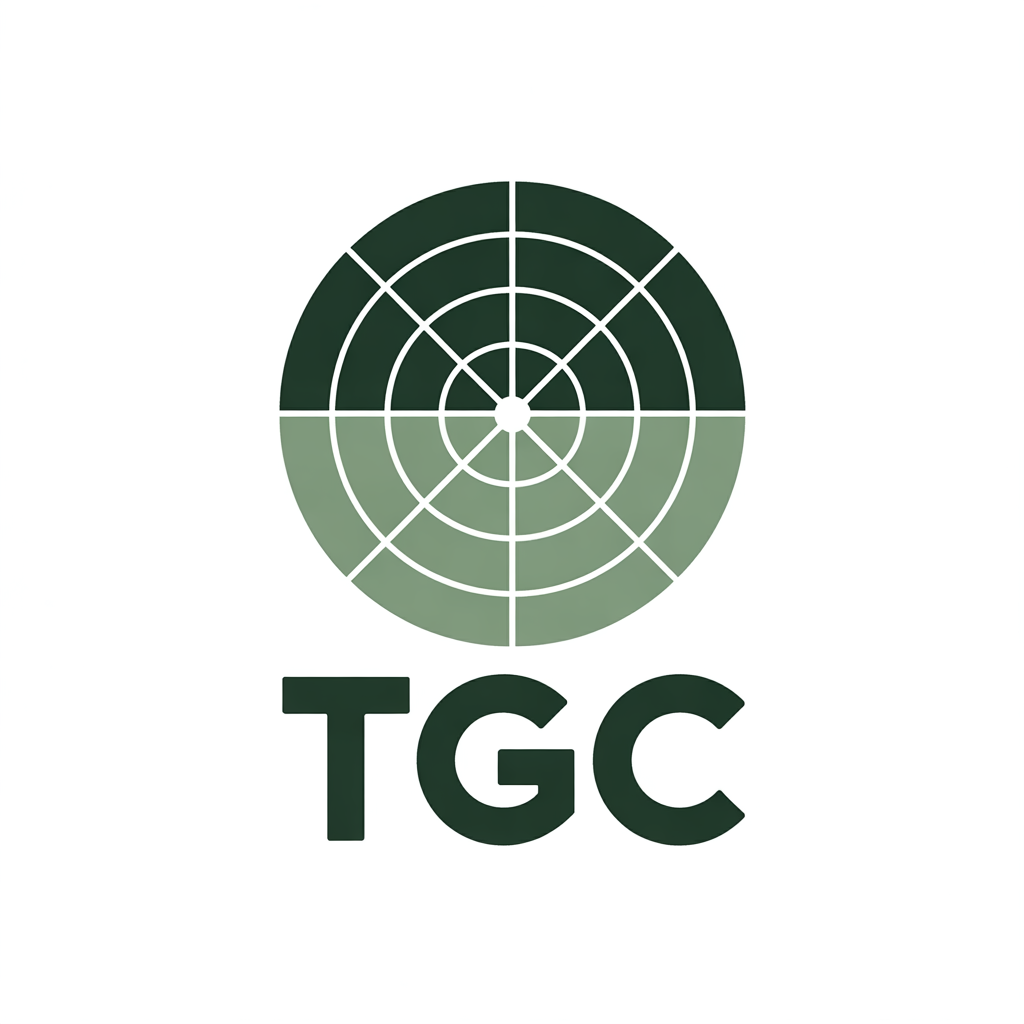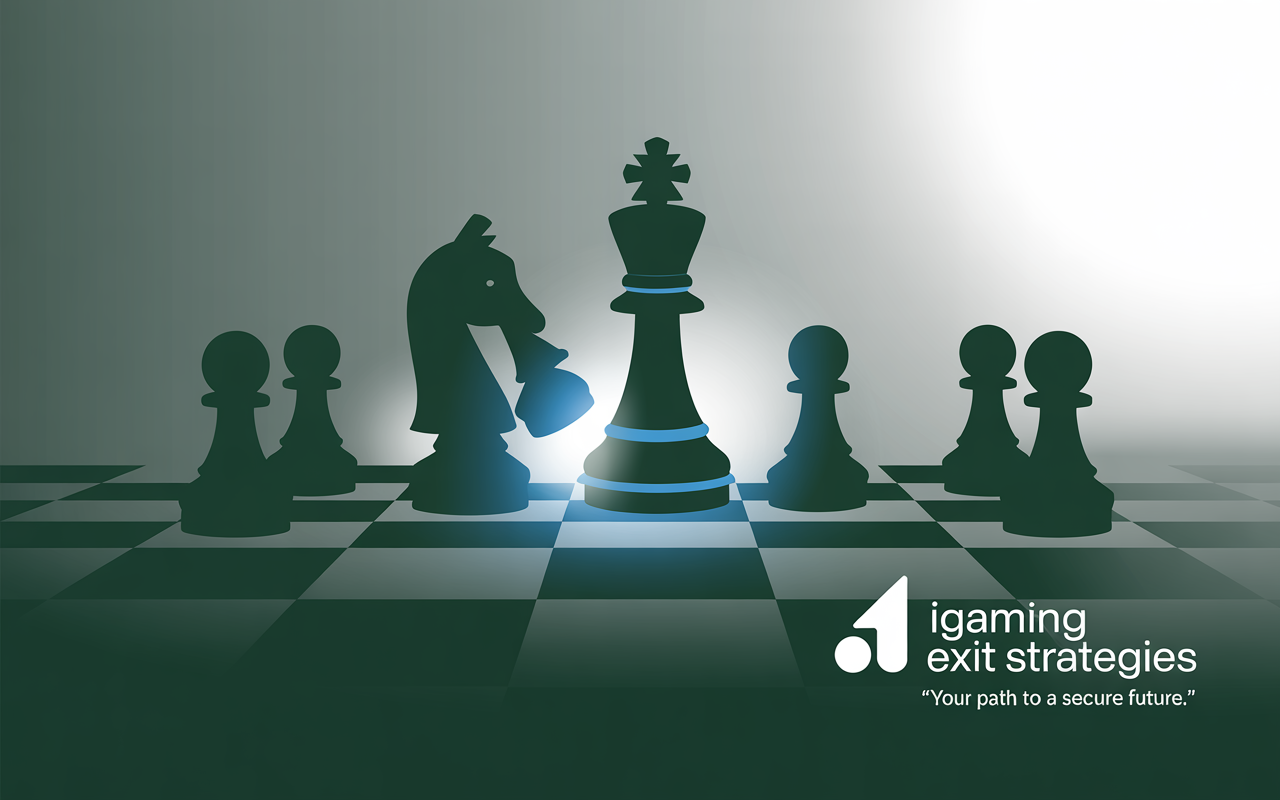Selling a business is an opportunity that lot of entrepreneurs are looking for because it brings into reality the theoretical wealth of holding shares. At some points, some entrepreneurs know they want to sell once a key number reached, like 50M€ / 100M€ in revenues.
Why preparation is the cornerstone of sell-side M&A success ?
In the gambling industry where regulatory complexities, technological advancements and market dynamics changing quickly, preparation is the foundation of a successful M&A deal. Even more when it’s not an opportunistic mindset but a well established strategy.
A well-prepared seller not only enhances chances to sell, but will also streamlines negotiations, limit due diligence frictions and build confidence among prospective buyers. By addressing potential challenges upfront and highlighting optimization opportunities, the seller can position its company or its assets to secure higher valuations and avoid the time-consuming back and forth that frustrates both sides.
1. Build dedicated and accurate financial statements.
Financial transparency is critical in any M&A transactions, particularly in the iGaming sector, where revenue streams, player acquisition costs and regulatory compliance are heavily scrutinized. Prepare detailed financial statements that are specific to the asset or the business being sold. These should include:
- Revenue and profitability metrics: highlight KPIs such as gross gaming revenue, net gaming revenue, customer lifetime value. If that’s an affiliate business, Revshare / CPA mix, listing fees and fixed incomes…
- Cost structures : Provide a clear breakdown of operational costs, including marketing (and affiliates), technology and compliance expenses, as the HR.
- Historical and projected financials: 3 years of performance is the bare minimum to share the path the business or the asset is following. That will also share the growth potential.
All numbers must be audited and reviewed by a reputable third party to enhance credibility.

2. Anticipate currency and market risks
Operating across multiple jurisdictions expose by design the business to currency changes and market-specific risks that will be brought to the discussions; anticipating them is time-saver.
- Hedge currency exposure : if the business operates in multiple currencies, it is important to provide documentation on how the changes are managed.
- Analyze market trends: no one can master the market. But what buyer would be looking at, is the seller’s understanding of jurisdictional regulations, tax implications, market growth or decline.
- Scenario planning: Make sure to include financial models that account for potential market shifts, such as changes in licensing requirements, new market entrants or costs optimizations.
By proactively addressing these risks, you signal to buyers that your business is resilient and well-positioned for future growth. But you also distinguish your business from others on the M&A market.
3. Document core processes and tools
Buyers in the iGaming sector value operational efficiency and scalability. Documenting core processes will provide clarity on how they could manage the asset by their own. Key processes to map out include :
- Player acquisition and retention: detail your marketing funnels, customer segmentation strategies and retention programs.
- Technology workflow : outline the flow of data through your platforms, including payment processing, game integration, customer support, Salesforce (or any CRM), API used (on odds, game events, like Opta…).
- Compliance protocols: showcase how your business adheres to regulatory requirement, such as AML and responsible gaming policies.
A clear process map not only reassures buyers of operational stability, but will also reduces the time spent on operational due diligence, and the transition period after closing.
4. Create a comprehensive architecture scheme
Potential buyers got interested in some of your metrics, first. But what will keep them hooked to acquire your assets or business is the ability you have to convince / make them understanding how your business works.
- Platform architecture : map out the software stack, including front-end, back-end, middle office, database systems and tools used (JIRA for instance)
- Third-party integrations : list all third-party providers, such as payment gateways, game providers, analytics tools and contract details ! Those contract are covering Service Level Agreement (SLA) that guarantees the uptime and service time to respond in case of difficulties.
- Scalability and security : highlight here how you built a stack capable to support growth and maintain the security standards such as ISO 270001.

5. Identify and engage key stakeholders
Sometimes, founders and CEOs do think they would be the key interlocutors in the M&A process, but based on our experience : that’s making things slower.
That’s why it’s important to engage the key stakeholders to make them available during the discussions since they know their area better than anyone else.
- CTO: the CTO or a lead developer who can explain the technical infrastructure, the languages and the potential tech risks is mandatory to address buyer queries.
- Legal: in-house or external legal counsel to provide clarity on licensing processes, regulatory compliance and intellectual property. But also sharing the past and ongoing litigations that can have impact on the deal.
- Finance : the CFO who can validate any financial statements and answer questions about revenue models. Having an external partner as trusted third party is sometimes also great.
- Operations : the COO to describe project management methodologies, internal processes.
- Product : to share the vision, the development processes and the current roadmaps.
6. Prepare IP documentations
Some business don’t really value IP and brands but that’s something that will make the seller stand-out from others deals on the market. Ensuring your brands are protected brings another advantage to value your assets.
- Proprietary software: details any custom-built platforms or tools, including ownership and licensing agreements. Ensure that you anticipated that by having a IP clause in your workforce contracts, meaning what they did for you is owned by the company.
- Trademarks and branding: provide evidence of registered trademarks, domain names and brand assets.
- Patents : if relevant.
Clear IP documentations make everyone saving time, add extra value (or at least doesn’t lower the value) and reduce the risks of legal disputes.
7. Building the teaser
Once the business is ready to be sold, the final step is to create a teaser that showcases the value of the assets. The best teaser should include :
- Highlight key strengths: emphasize unique selling points, such as loyal player base, proprietary technology or strong market positioning.
- Be concise yet comprehensive: provide enough details to generate interest without overwhelming potential buyers.
- Demonstrate professionalism: a polished teaser signals that you’ve mastered the sell-side process, increasing buyer confidence.
With a well-prepared teaser, identifying interested acquirers becomes a streamlined process. Leverage industry networks, investment banks, or M&A advisors with expertise in the iGaming sector to connect with potential buyers.
Preparing the business for a sale is taking a bit of time but will reduce the time of due diligence and limit the risks of aggressive negotiations. That’s the reason why we’re offering those services in order not to add extra work to your teams.
A successful sell-side M&A transaction in the iGaming sector hinges on meticulous preparation. By building accurate financials, documenting processes, mapping technology, engaging stakeholders, and securing IP, you position your asset or business as a compelling opportunity for buyers. A well-crafted teaser and strategic outreach to potential acquirers will then seal the deal, minimizing inefficiencies and maximizing value.
In an industry as dynamic as iGaming, preparation is not just a step – it’s a competitive advantage. Start early, anticipate challenges, and approach the process with the rigor of a top-tier consultant. Your efforts will pay dividends in the form of a smoother transaction and a higher valuation.
For expert guidance on navigating M&A in the iGaming sector, contact our team
Discover our M&A services, either on the buy or sell side. From the targets screening to the post merger integration.

Pierric Blanchet
Founder @ TGC
FAQ
« Sell now or see you business die tomorrow » said Rockefeller when trying to acquire other oil companies in early 1900s. Timing in M&A in definetly a thing, and considering the transactions we’ve ran and seen early 2025, it’s quite harder to make the perfect exit. Valuations are sometimes lower than what they were 2 years ago, but they could probably be higher than in two years.
No. The CEO will definetly be at the cornerstone of every discussions but since it has a global vision on the business, it’s not always relevant talking to the CEO only. Experts in tech, legal and compliance are usually mandatory during the preparation work.
As we support business from the build-up of the transaction, running the guide explained in that article is usually a 3-months engagement for a large deal. For smaller ones, it can be ran in a month.


